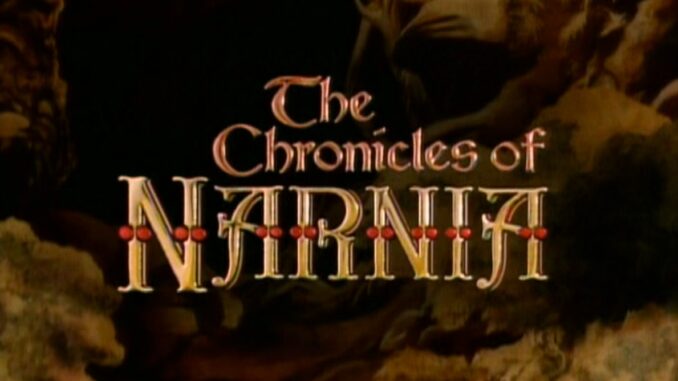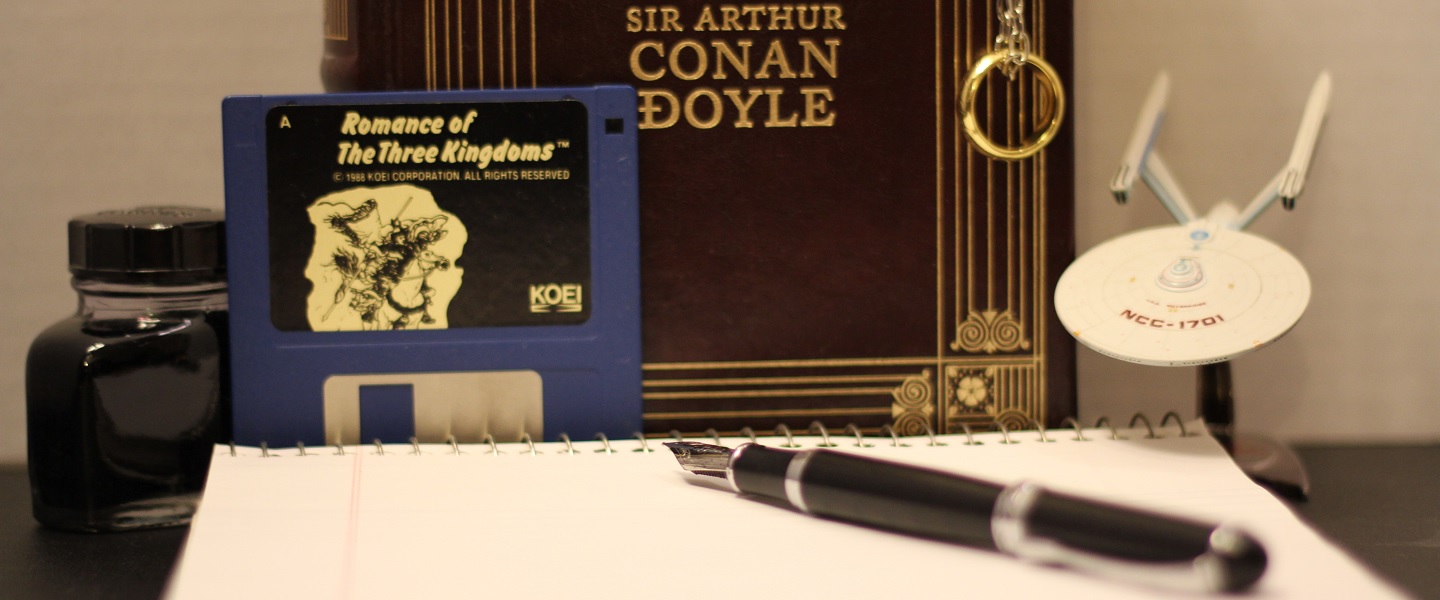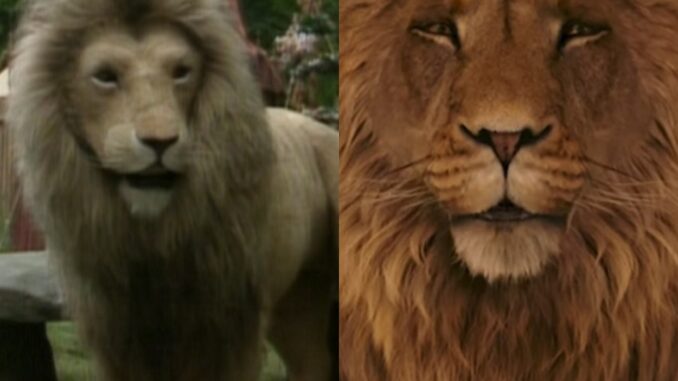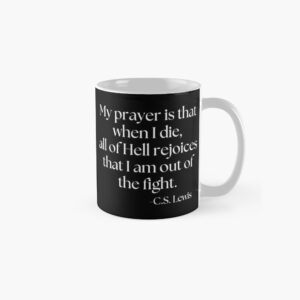
Since its publication in 1950, The Lion, the Witch, and the Wardrobe by C.S. Lewis has captivated readers with its semi-allegorical narrative and enchanting fantasy world that crosses with our own. Like J.R.R. Tolkien’s The Lord of the Rings, The Chronicles of Narnia have had their own on screen adaptations. But in light of a new Netflix’s The Chronicles of Narnia movie being developed and, according to producer Amy Pascal, will be a “very new take,” with a rumored change that Aslan would be female (voiced by Meryl Streep), it only made sense to look at previous screen versions of the series. There are two notable adaptations of this classic which stand out: the 1988 BBC television series and Disney’s 2005 blockbuster film. While the latter boasts high production values and CGI grandeur, the former remains a more faithful and endearing interpretation of Lewis’s beloved tale.
So what is it about the BBC’s version of The Lion, the Witch, and the Wardrobe that compels me to be able to watch it again and again? In contrast, what is it about Disney’s The Lion, the Witch, and the Wardrobe that I find makes it more of a movie to play in the background while I do something else? Why do I find one adorable and instantly watchable while the other tolerable?
Obviously, I am not the only one who thinks this. On IMDb, the 1988 BBC adaptation holds a respectable 7.2/10, edging out Disney’s 2005 film which sits at 6.9/10 though, to be fair, the Disney movie has 437,000 ratings while the BBC version has 6,600. A huge disparity in the amount of people who watched either IP, but shows the impact of one over the other when it comes to impressions.
Yes, Disney’s first Narnia movie had a vastly superior budget ($180 million), CGI effects, better locations, larger casting, and broader scope. In other words, when it comes to the technical aspects, Disney’s The Lion, the Witch, and the Wardrobe has the BBC version beat without a doubt. Especially when it comes to the portrayal of Aslan and the fantasy creatures. I’m sure many who saw the blockbuster film would take a look at the BBC series and be amused by the small scale of the sets, the practical effects and costumes, which includes actors dressed up as the talking animals and the miniscule battles disappointing and hysterical.
Yet, these practical effects evoke a sense of nostalgia and authenticity, focusing attention on the story rather than the visual extravagance of Disney. In addition, the BBC version is a more faithful adaptation of C.S. Lewis’s work while also having depth and soul. from that perspective, both versions are as different as winter and spring. Disney feels like winter while BBC is Christmas. One feels magical and fantastical in its storytelling while the other is generic action fantasy.
Why is that?
For a couple of simple reasons.
While Disney put a lot of money into the first Narnia movie, and that it outshines the BBC’s version in almost every technical aspect, there is one point that it couldn’t compete with: music. Even now, I am listening to the BBC’s The Chronicles of Narnia theme song on loop while writing this editorial. The music composed by Geoffrey Burgon is simplistic with the instrumental theme being warm, inviting, magical, and mystical. The theme, played on a french horn, which then is handed over to the flute before returning to the horn, is stupendously ear-catching and immediately resonates with anyone who listens to it.
And if it doesn’t give you goosebumps, then I must assume that you are dead inside.
All joking aside, Burgon’s music and the use of the theme throughout the series is just wonderful to listen to while watching it. What is a shame is that the theme isn’t played in its entirety for the intro or outro in the series without any interruption or background noise. Which was a bit of a challenge when it came to splicing together bits of the theme for the video I posted.
Whereas the soundtrack for Disney’s version, composed by Harry Gregson-Williams, is more grandiose in scale and scope. However, it doesn’t have the same drawing power compared to other films like The Lord of the Rings movies. It has a theme but it, along with the rest of the soundtrack, sounds more like generic fantasy than anything special or memorable. With one anomaly. For myself, there is an exceptionally jarring vocal section early in the movie which really soured me on the movie experience because it was so discordantly discomposing, which I refer to as the “One Breath” song, to the rest of the soundtrack and really drew me out of the viewing experience anytime it was used (I’ve timestamped this link so you can hear it).
Music is a very important part of any movie that helps create the atmosphere and tone. It is what can elevate a good movie into a great one as can be witnessed by the aforementioned The Lord of the Rings films. It is also a big reason why the BBC series is more memorable than the Disney film, but it isn’t the only reason.
You can watch the entire BBC episode of The Lion, the Witch, and the Wardrobe on YouTube
The approach to adapting C.S. Lewis’s The Lion, the Witch, and the Wardrobe differentiates the two adaptations. Disney chose to focus more on action and modern storytelling which diluted the overall story and mythological impact of the source material. The movie’s pacing was more about getting from one action scene to the next, trying to keep the adrenaline-pumping spectacle going at the experience of storytelling and depth with Disney deciding to focus more on battles than introspective moments.
BBC’s approach focuses more on storytelling, the little introspective moments, and a focus on the mythological aspects of the source material with the action scenes just another part of the story. The fact it didn’t have a large budget or the technology of that time, to push the technical aspects means that it had to focus on storytelling and depth to make up for these shortcomings.
One can look at the death of Aslan between the two properties to highlight the different approaches. Disney glossed over Aslan’s resurrection, which was given little spiritual weight or gravitas so that they can move on to the next scene. The BBC version is a bit longer, weightier, and spends a bit more focus on why Aslan was able to come back. It even focuses on how the girls felt and reacted to Aslan when told about the deep magic and that Aslan knew he might come back.
Another example, when it comes to the approach and tone of these two versions, is the portrayal of the White Witch. Disney’s White Witch, played by the talented Tilda Swinton, is threatening, capable, possesses martial prowess, and competent. In other words, a more modern, girl boss-type villain that we see in other modern takes of classic literature such as Galadriel in The Rings of Power. Meanwhile, the BBC’s White Witch, played by Barbara Kellermen, is a more faithful portrayal to the book in that she can be scary and threatening, but in a more comical way. In other words, a villain in a children’s story which was the target demographic for Lewis’s story.
Disney chose to go for an action villain, which involved the White Queen dual wielding a sword and wand, while the BBC stayed with the children’s fantasy villain in which the White Queen was a magic user and didn’t have a sword.
Then one can compare the scene where Edmumd is being rescued. The Disney version has the White Witch in counsel with her minions who discovers the boy being rescued while the BBC is a more faithful adaptation of the scene where the White Witch and her servant are hidden by her magic after the initial attack.
All of this is to say that Disney’s The Lion, the Witch, and the Wardrobe was more action fantasy while the BBC’s The Chronicles of Narnia was children’s fantasy which is more faithful to the source material.
Obviously, the choice between the 1988 BBC series and Disney’s 2005 film ultimately depends on what viewers seek from an adaptation. For those who value high-quality visuals and epic battles, Disney’s rendition offers plenty of entertainment. However, for both purists and those yearning for a heartfelt, faithful retelling of Lewis’s work, the BBC’s series remains unparalleled. Its ability to capture the book’s spirit, themes, and character intricacies ensures its place as the superior adaptation for generations of Narnia fans.
Like the old stop motion Christmas films of the 1960s that includes Rudolph the Red-Nosed Reindeer, Frosty the Snowman, Jack Frost, The Little Drummer Boy, and Santa Claus is Comin’ to Town, they still hold up against modern movies and animation because they project and retain that je ne sais quoi. Yes, just like the BBC’s The Chronicles of Narnia is hampered by the technology of its time. But is still able to convey the magic and wonder of Narnia.
It’s why I consider the BBC’s The Chronicles of Narnia: The Lion, the Witch, and the Wardrobe superior to Disney’s blockbuster film. Because big budgets can’t make up for lack of skill. Big and loud can’t enhance shallow spectacle and storytelling. While there needs to be a balance between both, given the choice between one or the other, I will take better storytelling over spectacle anytime.
What do you think?
Author’s Note: Support this site by donating via Paypal or even checking out our merchandise on RedBubble where you can find designs that cater to writers and readers. Money donated and
raised goes into paying for this website and equipment.
Interested in posting this article, or another article, on your website? Check out our prices to make that happen – https://tinyurl.com/mrxa56pp
“My prayer is that when I die, all of Hell rejoices that I am out of the fight.” C.S. Lewis quote design in white text and black text.




